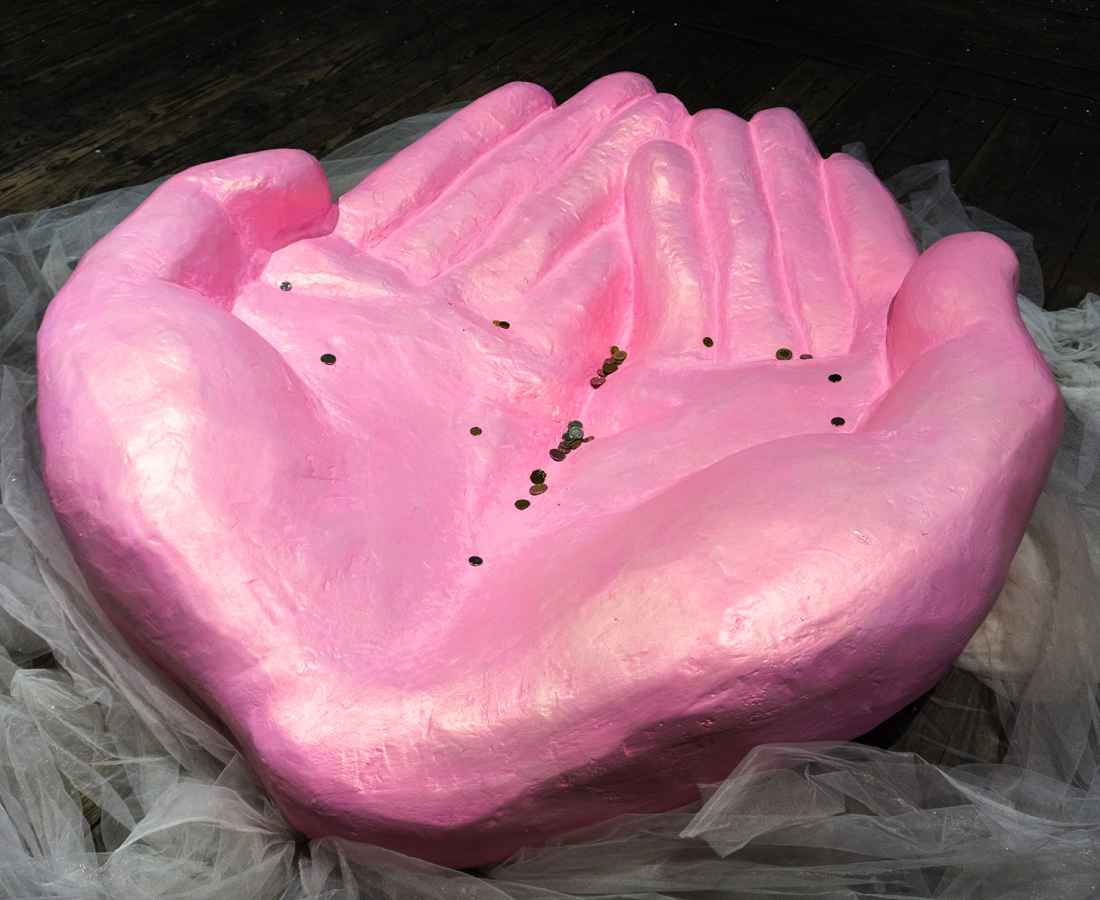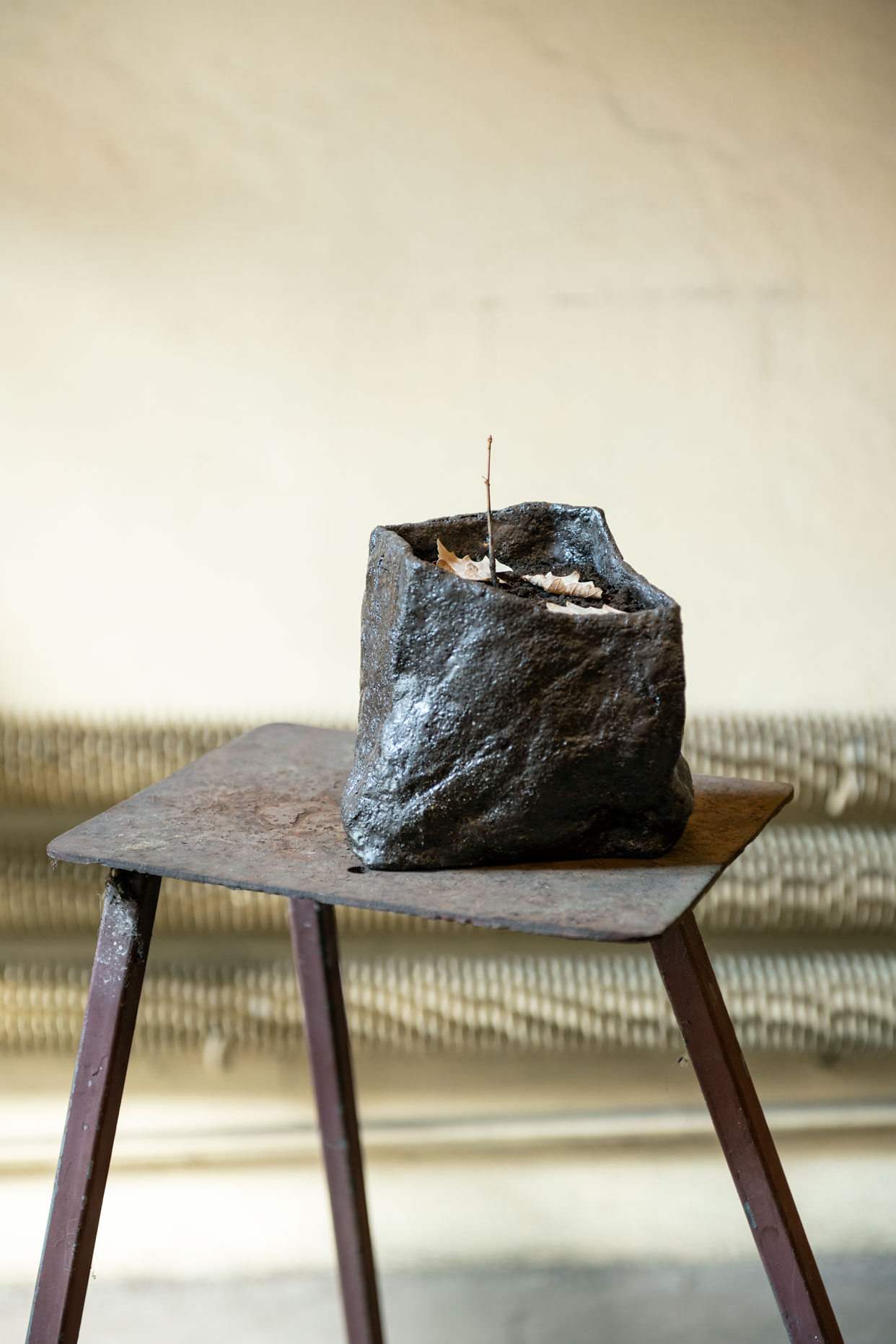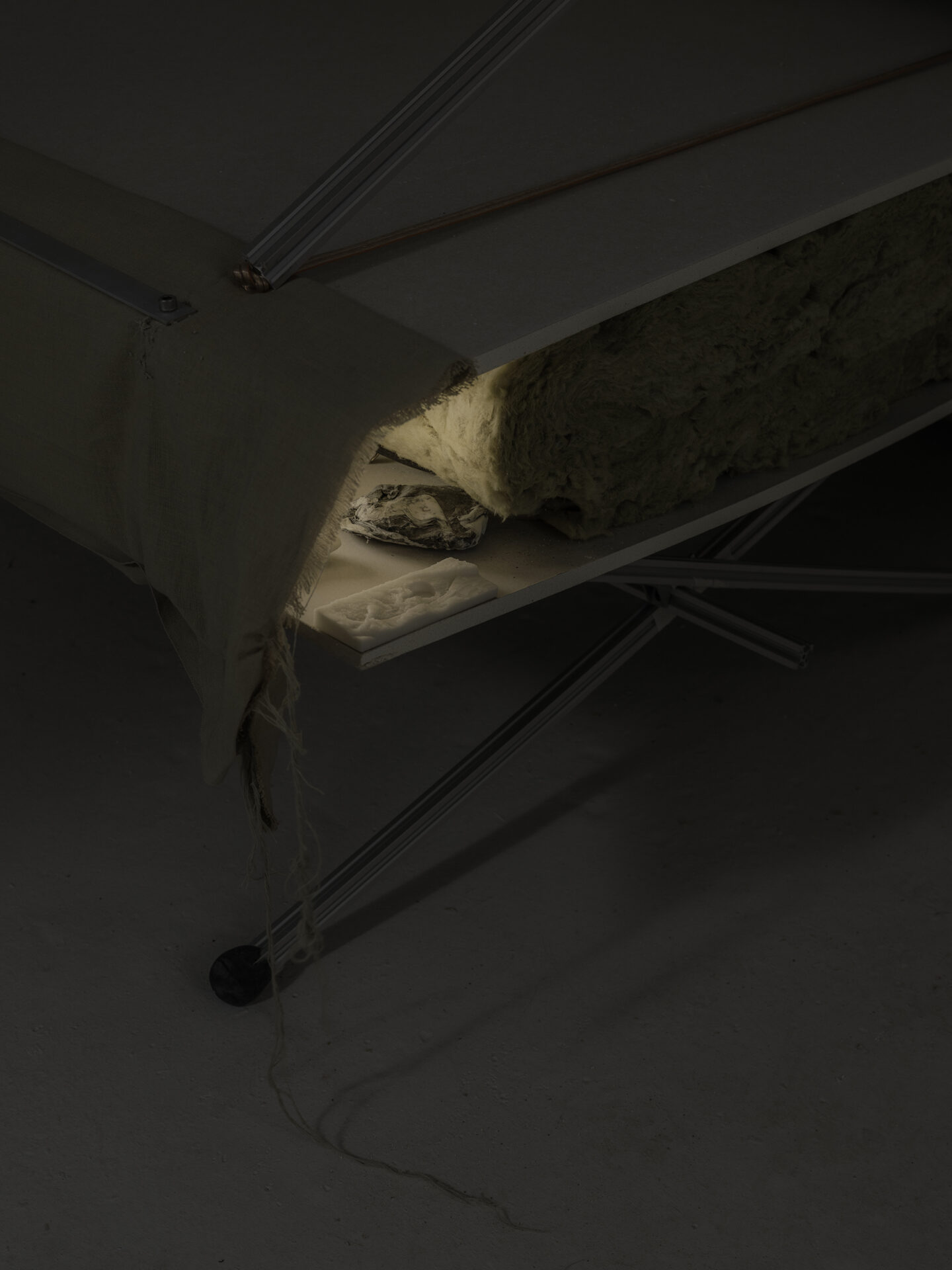
In 2020, not only a new decade began — but an entirely new era. How has the independent art scene changed during this time, and what does its horizon look like today? What qualities have been acquired by initiatives that emerged in the shadow of the pandemic, the war, and the second term of the “good change,” when the political atmosphere was heated to the point of burning?
Back in 2016, when we tried to redraw the artistic map of Poland by calling new venues “young,” the movement within the independent gallery sphere was only just beginning. Our examples showed that in the extra-institutional field, the rules of the game were shifting — not everything revolved anymore around commercial success, moving to Warsaw, and storming the West.
To this day, out of the 21 initiatives we described back then, only (or perhaps as many as) nine remain active. Some operate sporadically, others come back to life exhibition by exhibition. Out of this circle, only Galeria Wschód has developed professionally. Projects outside Warsaw have not moved to the capital, appearing there only occasionally during fairs or festivals.
Now, at the beginning of 2025, it can be said with confidence: the Polish “off-scene” has become a serious player with strong symbolic capital. And neither the market nor the public sector can afford to ignore it anymore — even though this relationship is still far from genuine partnership.
The spirit of individuality and resistance to the system resounded especially clearly during the Cała Polska exhibition at BWA Wrocław at the end of 2019. Independent initiatives were then seen as a fresh alternative to state institutions, which were withering under the rule of PiS, and as a counterbalance to Warsaw-centric tendencies. However, three months after the exhibition opened, the pandemic broke out — and everyone, including independent spaces, had to shut down.

The most striking phenomenon of recent years has been scale: our list alone includes 28 new initiatives. These are galleries, collectives, laboratories, “windowfront” spaces, and hybrid formats — but also unexpected ones: libraries, cultural centers, even museums (including one that calls itself a “post-institution”).
What unites them is a high level of social engagement and the fact that many emerged as responses to crisis. For example, the Solidarity Cultural House “Słonecznik” and the Museum of Free Belarus appeared as reactions to events across the eastern border — the brutal suppression of protests in Belarus in 2020 and the full-scale war in Ukraine in 2022. They became welcoming spaces for Belarusian and Ukrainian diasporas. The Anticrisis Club, led by Taras Gembik, supports people in difficult life situations, including the homeless.
New initiatives often take a critical stance toward the existing art system. Other Society supports artists over 35 — those who have already fallen outside the interests of the commercial sector. Galeria U KOS provides a platform for more mature creators, while Vanish Gallery has effectively become Konrad Smoleński’s anti-market manifesto. The Museum in the Basement arose as a protest against institutional pathologies, and the Azyl Library in Labirynt became a safe space for Lublin’s queer community. Feminist and anti-capitalist attitudes are also visible in initiatives such as Nicponiej, Hutmen, Przyszła Niedoszła, and Umysł Biedaka.
Spatial challenges have practically become the hallmark of independent projects. Galeria Szczur is located in the basement of an old tenement house, Pracownia Serwis in a former bicycle repair shop, Windowlicker at Różycki Market, Świat Noży was transformed into Marszałkowska 18, and Mikrob in Kraków exhibits art at a 1:12 scale.
These “anti-spaces” often become integral to the projects’ identities. Hutmen operates in former metalworking halls, Galeria Winda is an actual elevator in the legendary Trzonolinowiec, while the Kopula 9 House of Creativity is located in Warsaw’s “domes” — a living memory of Polish modernism. Even Erzac, which explores Central and Eastern European art, began its activity in a former nightclub.
Among the notable developments are collective movements against the “great art field.” In 2022, Fringe appeared in Warsaw, bringing together the capital’s independent initiatives, followed a year later by Wrocław Off Gallery Weekend. In 2024, Nowy Złoty published the Lexicon of Independent Initiatives, which increased the “off-scene’s” visibility. Indeed, by 2025, the independent scene has become a significant force, even though its relations with institutions remain uneven.
As in other spheres, Warsaw leads the way (with 11 new initiatives), followed by Wrocław (7). This reflects not only strategic changes in formats but also the strength of local communities, which survive thanks to city grants and support. Where such support is lacking, cultural life quickly withers.
As researcher Piotr Pułdzian Płucienniczak noted, in Łódź only three new independent projects have appeared in recent years — S35, AOKZ, and ArtHub. And here the measure of success is simple: survival. Because in the world of independent art, the main fuel remains the same — enthusiasm.

Original article: magazynszum.pl